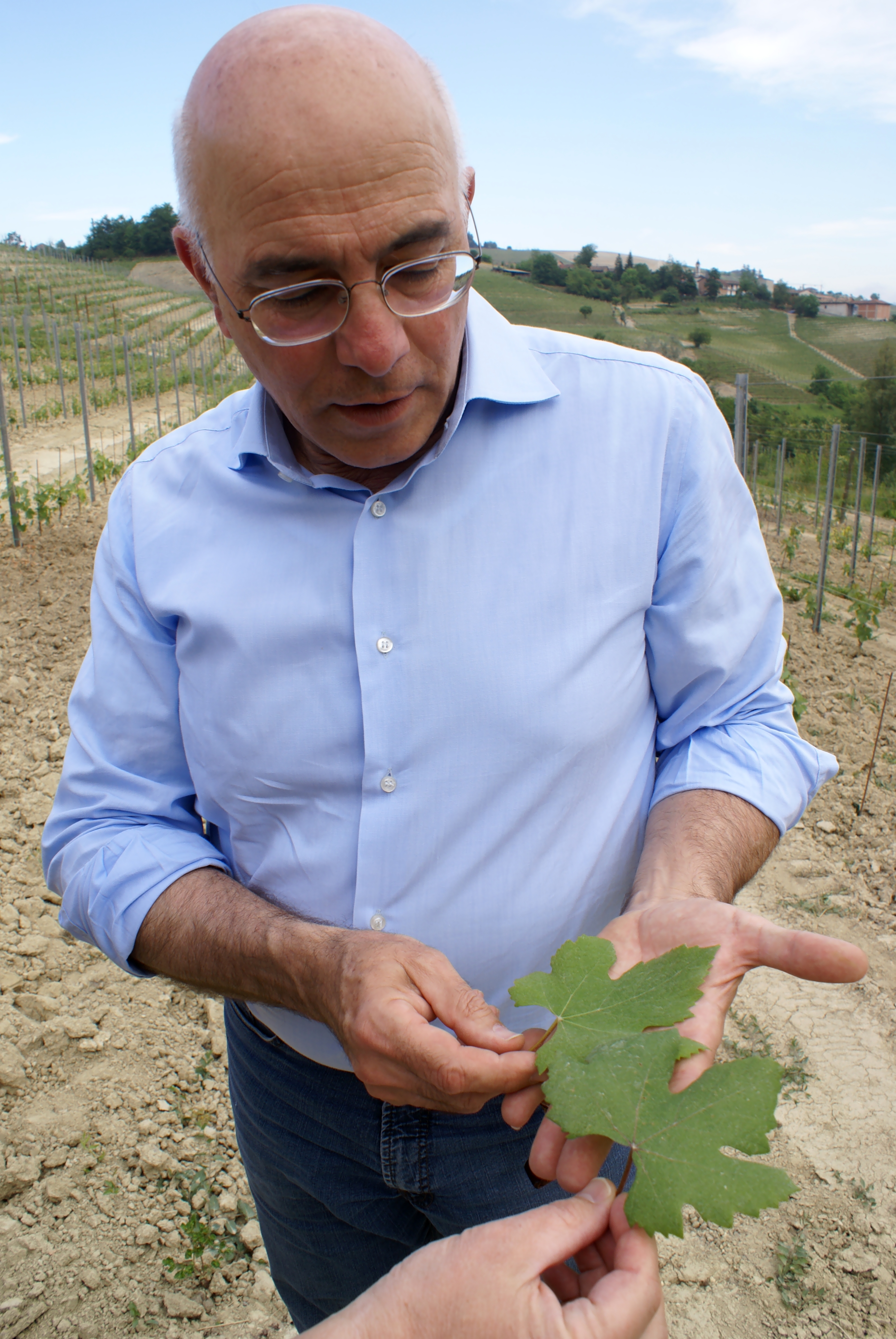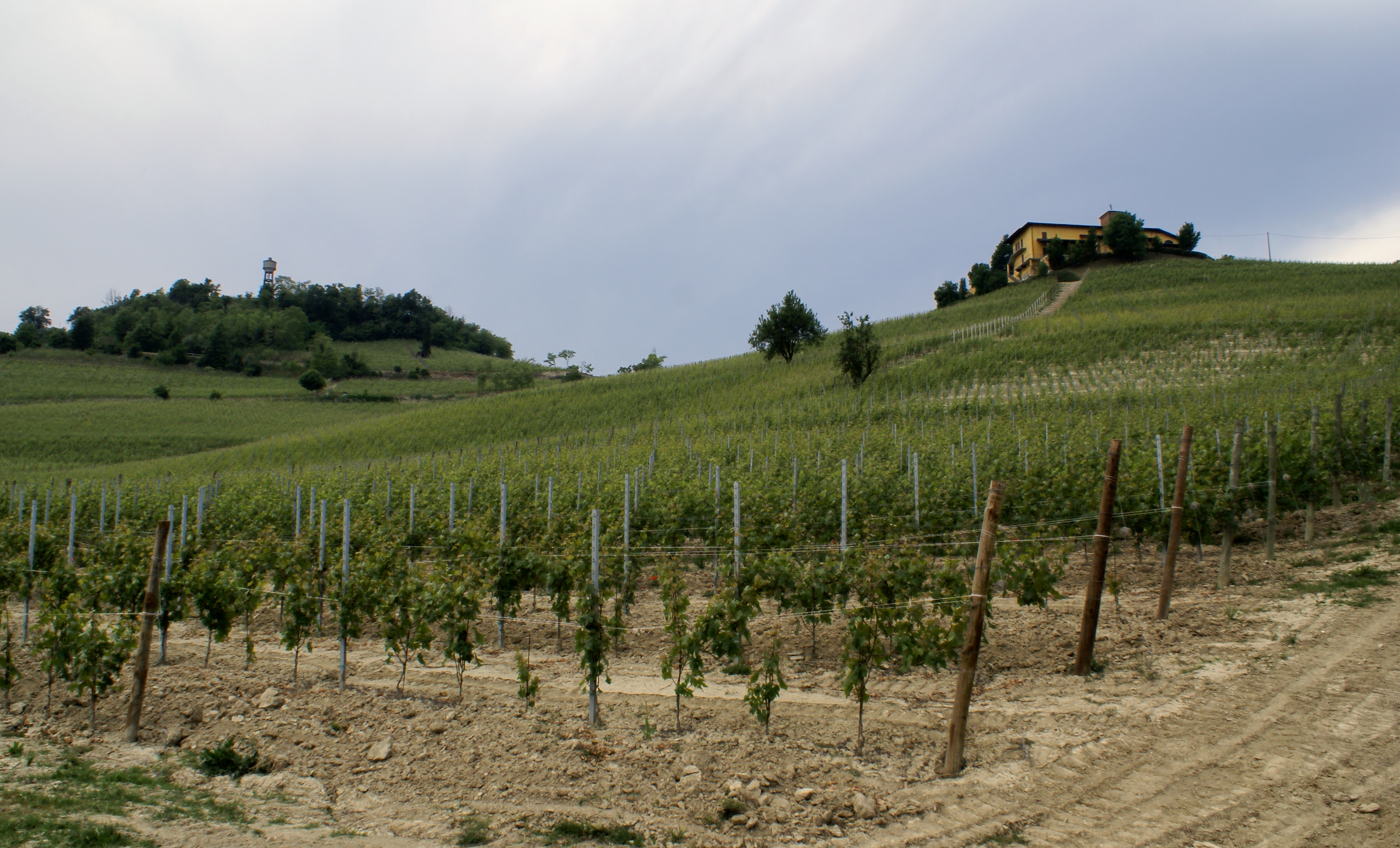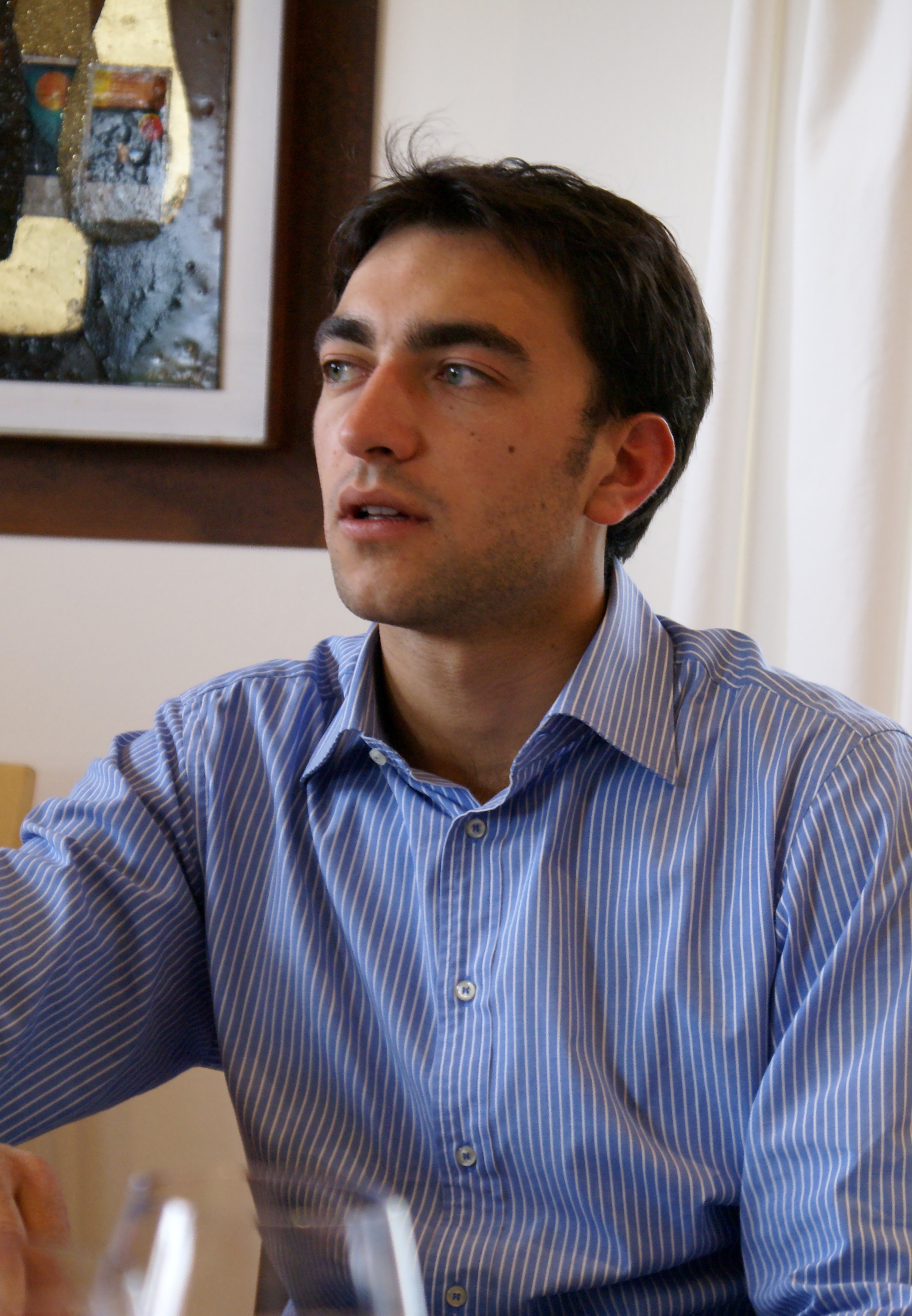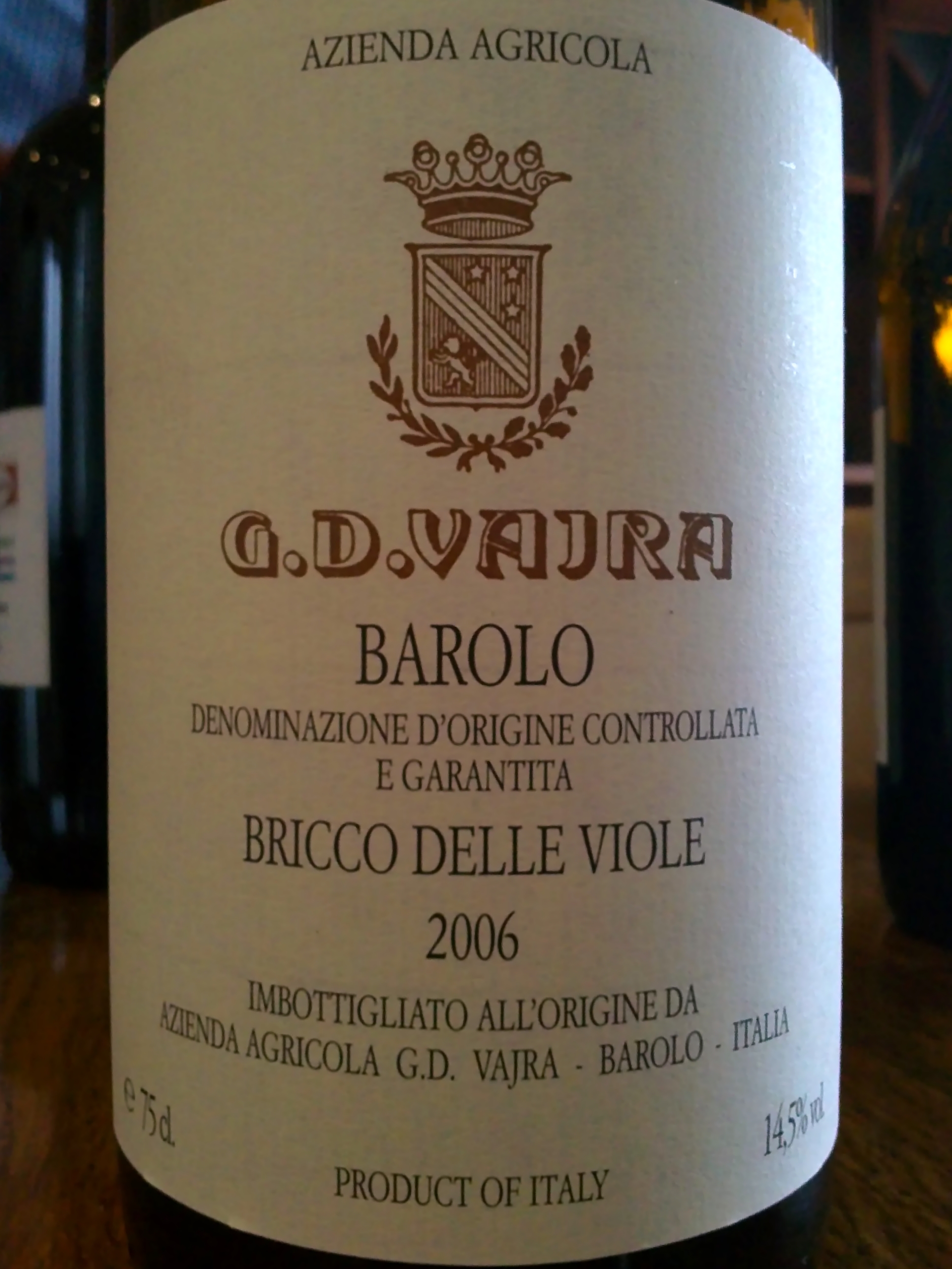G. D. Vajra: my favourite Barolos
Posted on 19 May 2011
If I were to choose just one producer in Barolo that is closest to my heart, it’s G. D. Vajra. Not only because Aldo and Milena Vaira and their three children are some of the nicest people I know in the world of wine and beyond. Their wines have that x factor: a combination of personality, drinkability and sense of place that makes every bottle just thrilling.
As happens often, I was first exposed to Vajra wines by pure chance. Dining with my sister at the L’Enoteca restaurant in Paris in summer 2001, I ordered a 1994 Supertuscan by the glass, and a 1997 Barbera from an estate then unknown to me for my sister’s pasta. The former was oaky and boring so I took a sip from my sister’s glass, and was illuminated. The wine had a vibrancy and purity of fruit that made me jump into my car and drive to Barolo. Well, almost: a few weeks later I was in Piedmont and instantly called Vaira for an appointment. I even remember reaching the winery part hitchhiking, part walking the 4 km from Barolo to Vergne, the small hamlet where it is located.
The Vajra estate is a phenomenon in having grown from zero (in the early 1980s Aldo started up leasing a few parcels of vines) to the current 65 ha in less than one generation. The substantial holdings are wisely scattered across the region with some prime sites such as Fossati and Le Coste but also vineyards planted low in the Novello valley (useful for Dolcetto) and high in Alta Langa at 500m above sea level (Pinot Noir and sparkling wines are made here). The top vineyard is Bricco delle Viole: a somewhat neglected cru high above Barolo from which the Vairas make some brilliant Barbera and Nebbiolo.
I once wrote that Aldo Vaira is something of a Midas: every wine he produces reaches the absolute height of its respective endeavour. Coste & Fossati, with its depth of blueberry fruit and minerality, is easily the best Dolcetto d’Alba on the market; the Bricco delle Viole Barbera (labelled simply as Superiore without the vineyard name) is as structured and multilayered as Barbera can be, yet without the ridiculously portentous new oak and overextraction of the ‘ambitious’ Barberas from Asti. The Vajra Freisa is in a class of its own; the Moscato d’Asti irresistibly delicious. There is even a Riesling that has nothing to envy its Rheinhessen counterparts. (Ettore Germano makes a brilliant one, too, so here Vajra is not alone).
In the past this embarrassment of riches almost obscured the quality of the Barolo here. Since 2003, however, I feel that the Barolos have stepped up a gear. The 2003, 2004 and 2006 Bricco delle Viole was, to me, one of the leading Barolos in each vintage (it’s still early to say the same about the 2007, which is still in cask). And there is now also a lighter, more approachable bottling called Albe which offers delicious drinking and a good insight into the Vajra style.
That style is made of no extremes: tradition is respected in the unrushed fermentation and long large oak ageing, light colours, flowery bouquets, crisp acidity and refreshing tannins. There is a nod to the modern consumer too in the vivid fruitiness and early drinkability of all wines: never has a Vajra wine been austere and off-putting in youth. In fact there’s a striking intensity and spicy expressivity of aromas here: I’ve even heard people criticising Vajra wines for being flashy and almost New World. It’s a bit absurd really: like rebuking Fragonard or Poussin for their paintings being so colourful when Classical art should be grey and dull.
There are always a lot of guests at the Vairas’ and tasting often goes on until 8pm or later. This year I’ve had the luxury of a tranquil session, and we’ve even elaborated on terroir with maps and stones on the table. My favourite wines were the fabulously vinous 2007 Barbera Superiore, and the 2009 Langhe Nebbiolo, full of fruit and structure. Last year at the same time it was the 1997 Bricco delle Viole Barolo which stole the show with tremendous freshness and elegvance for its vintage. Those memories make me thirsty and I’ll now go to the cellar to pick up a bottle. But should I opt for an older Dolcetto Coste & Fossati or the incredible Freisa Kyè? Embarassment of riches, indeed.
Disclosure
My trip to Piedmont including flights, accommodation and wine tasting programme is sponsored by the Albeisa association of wine producers. Restaurant dinner kindly offered by the Vairas.





